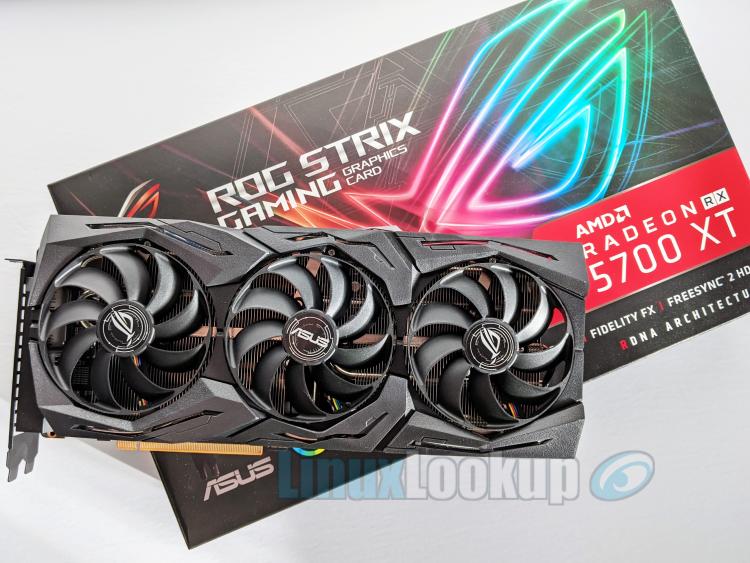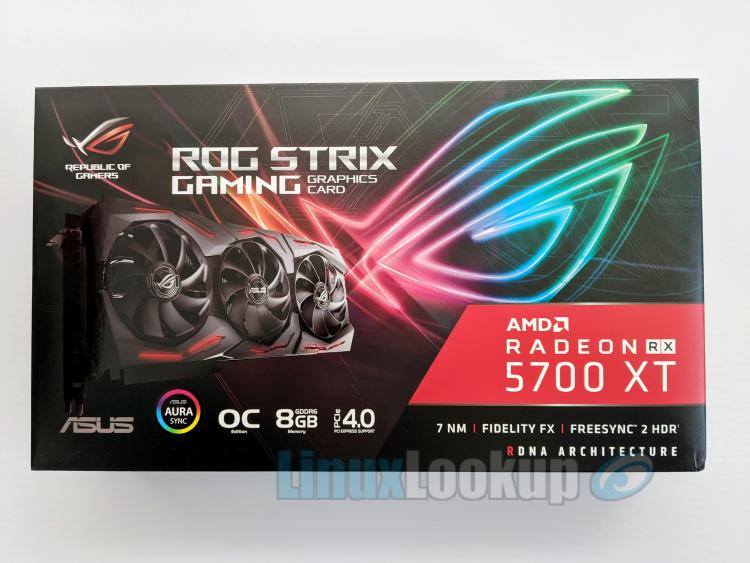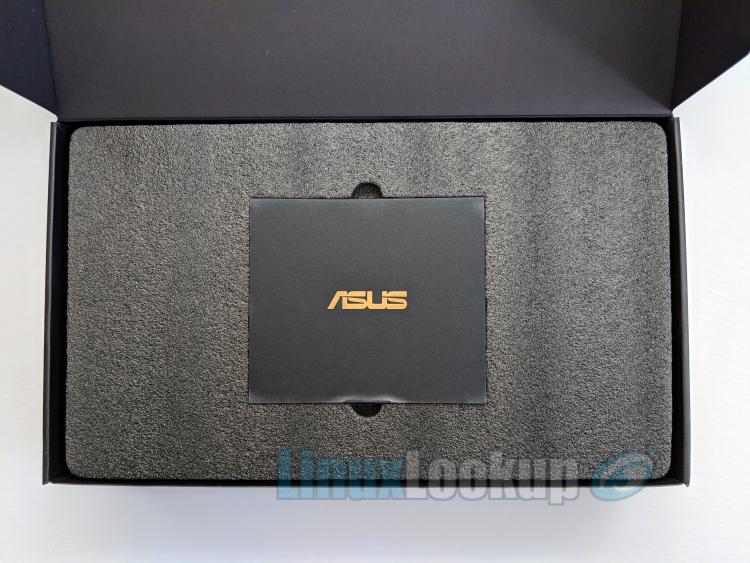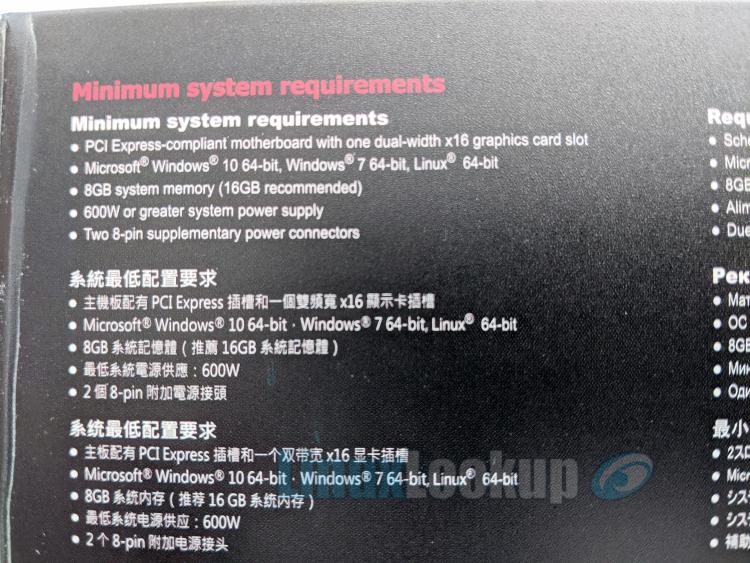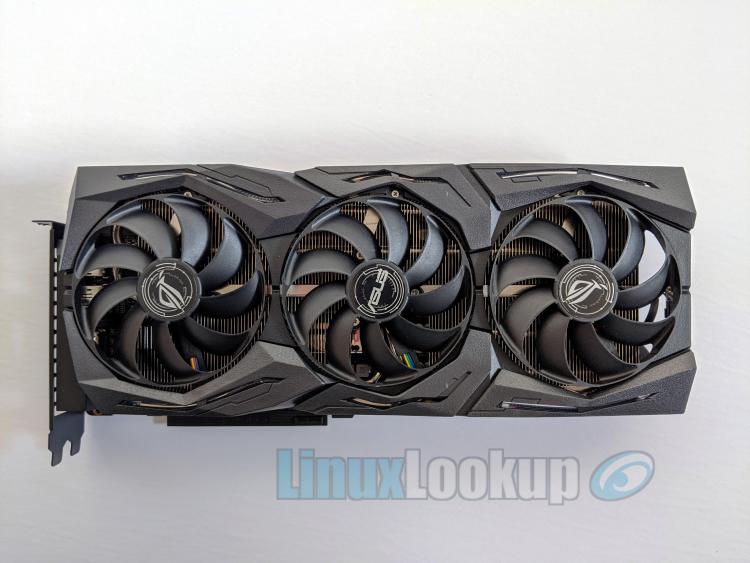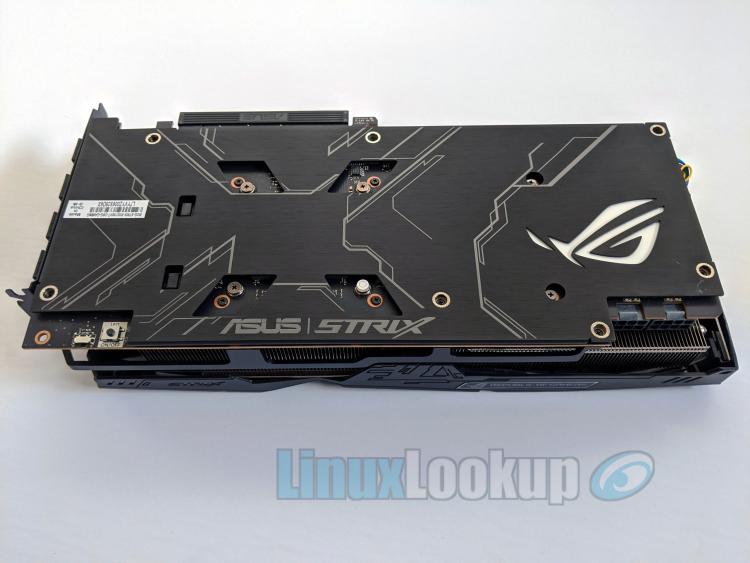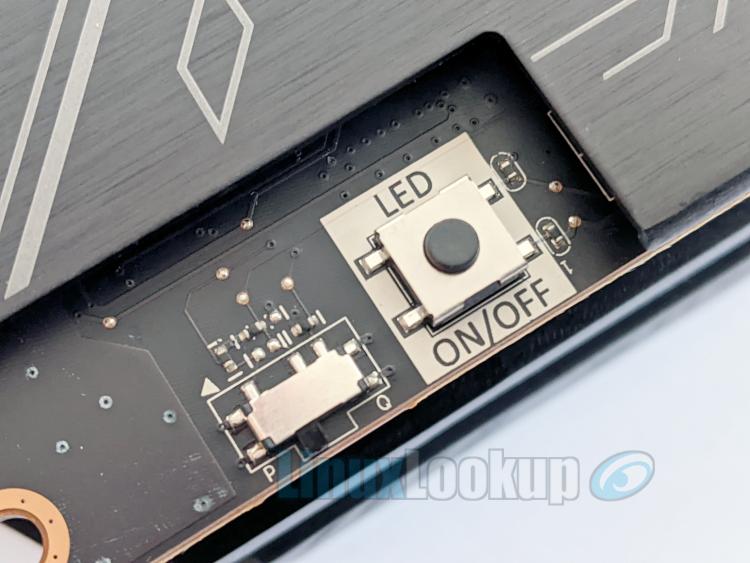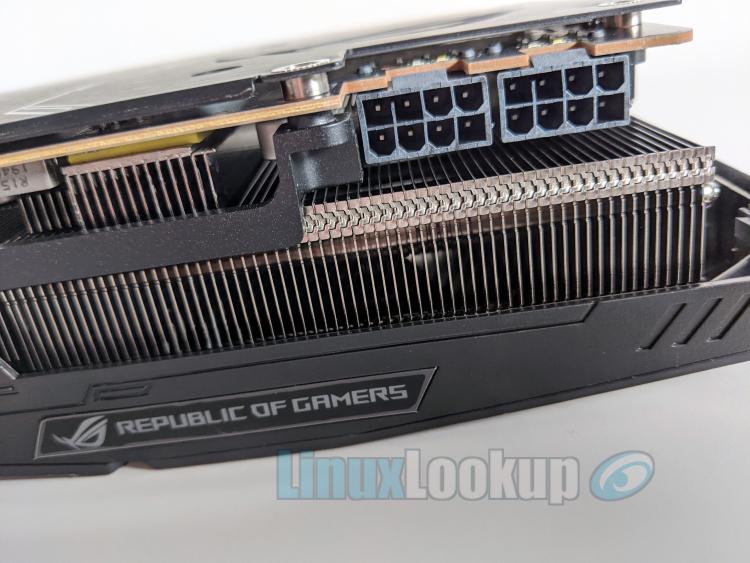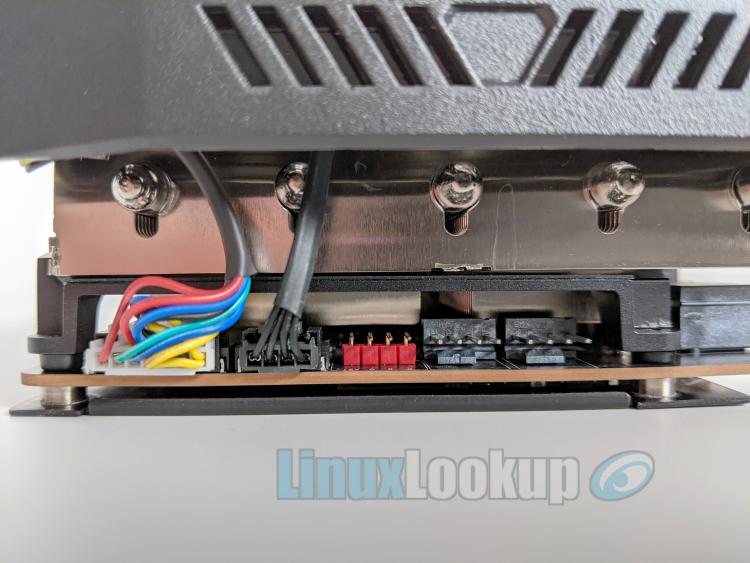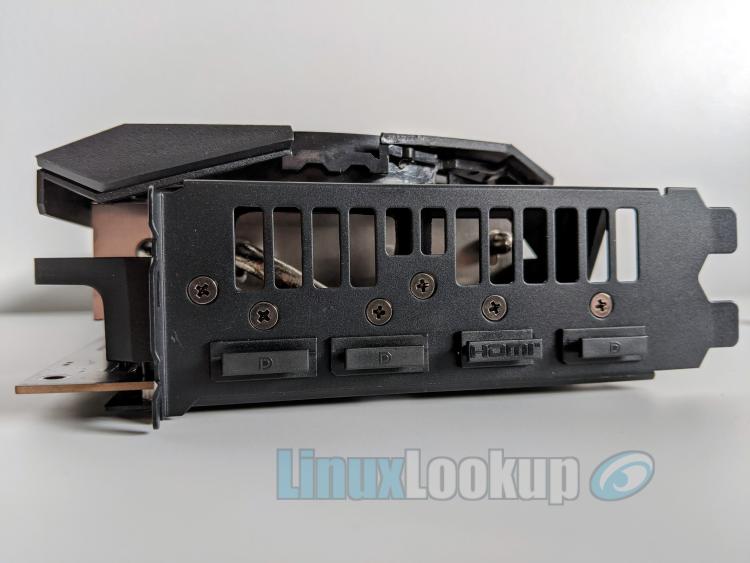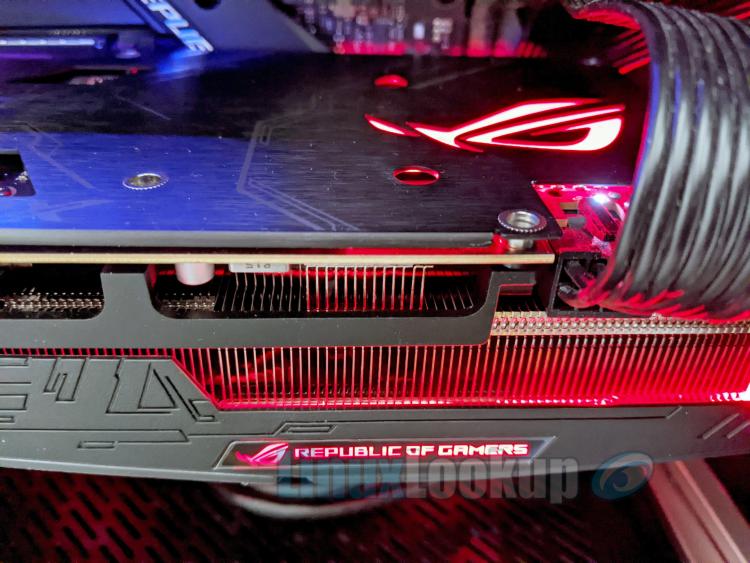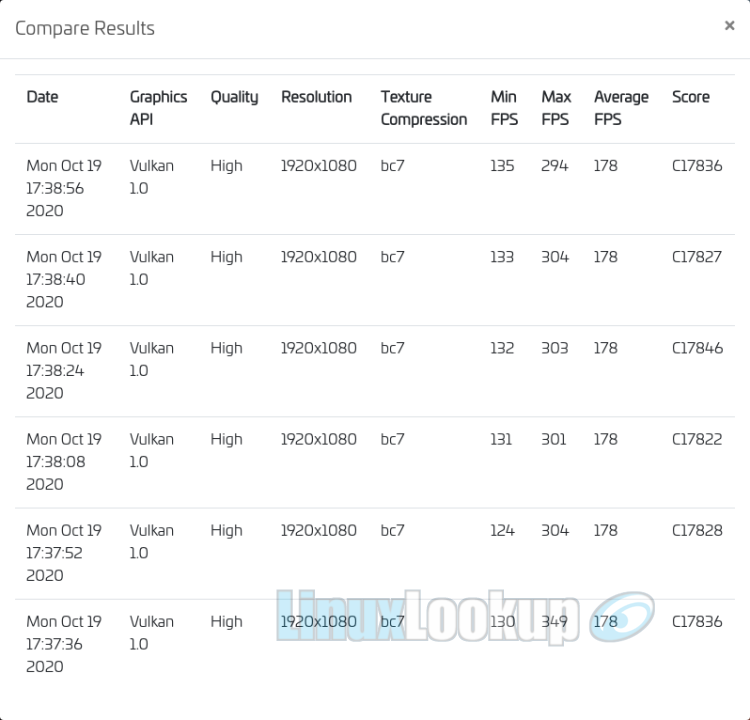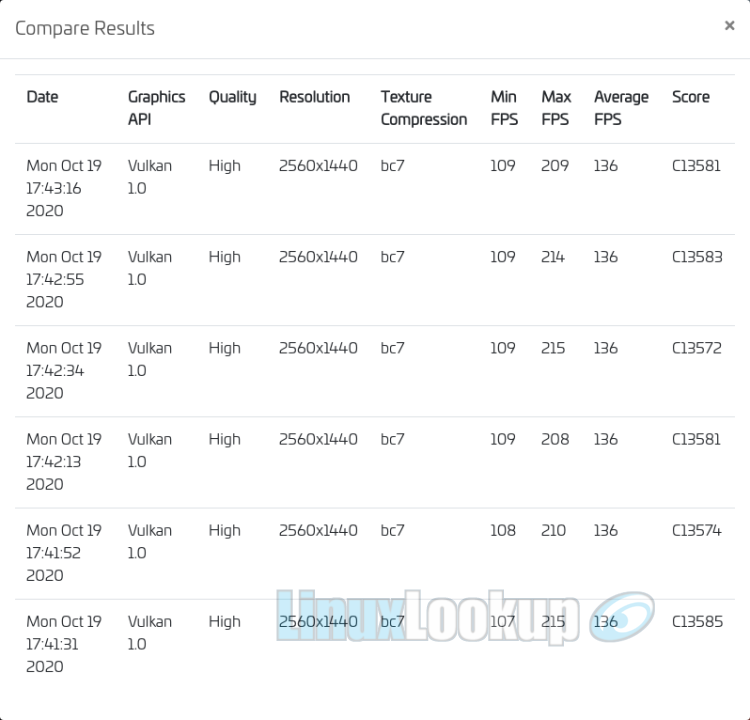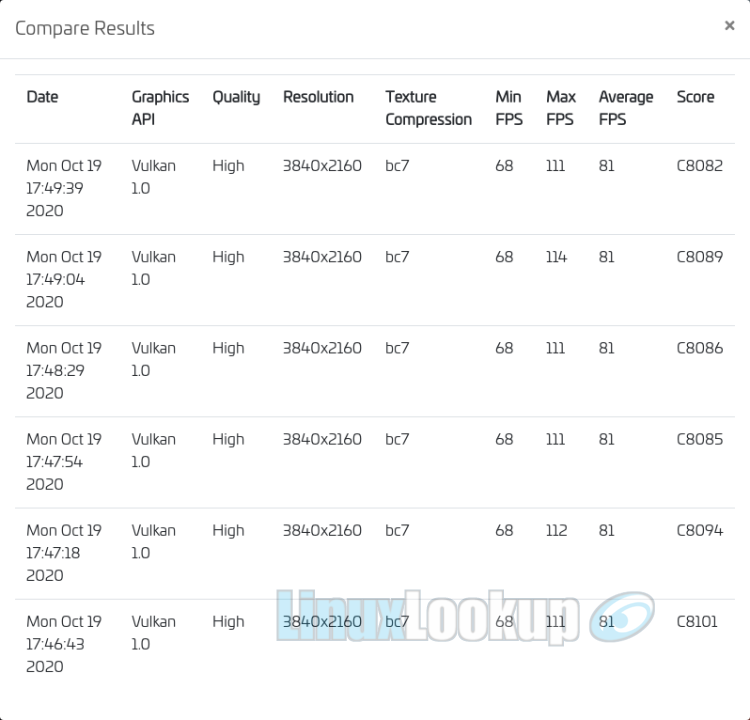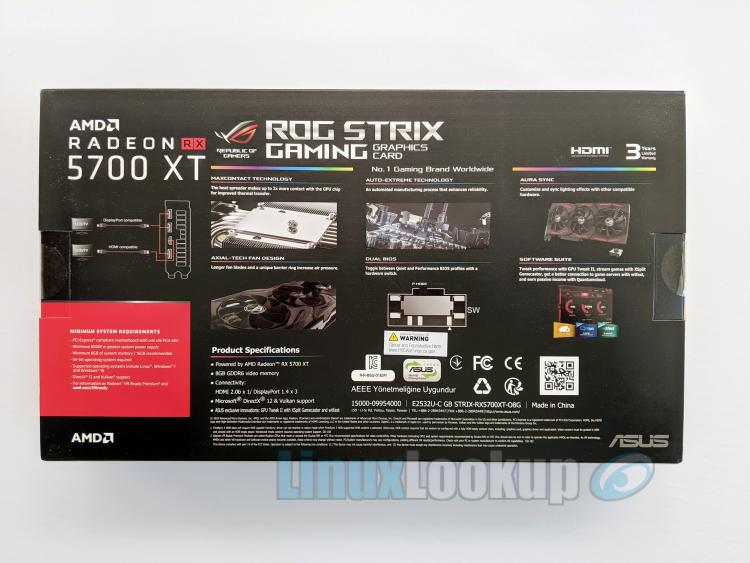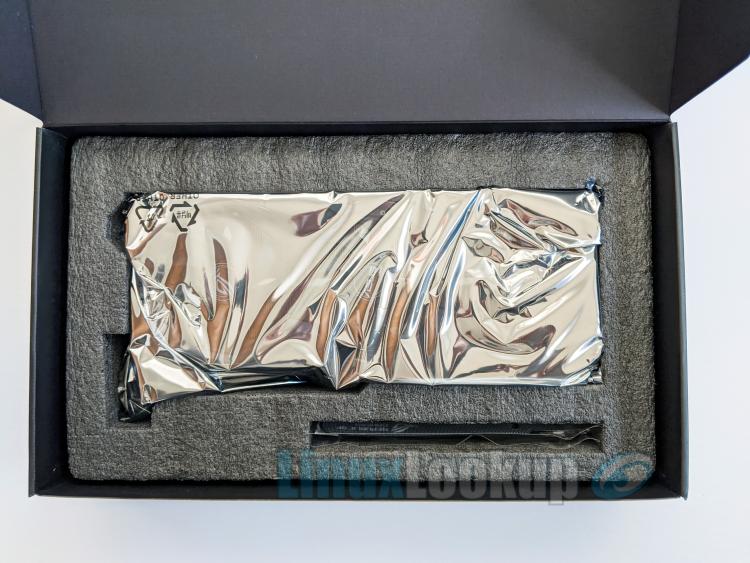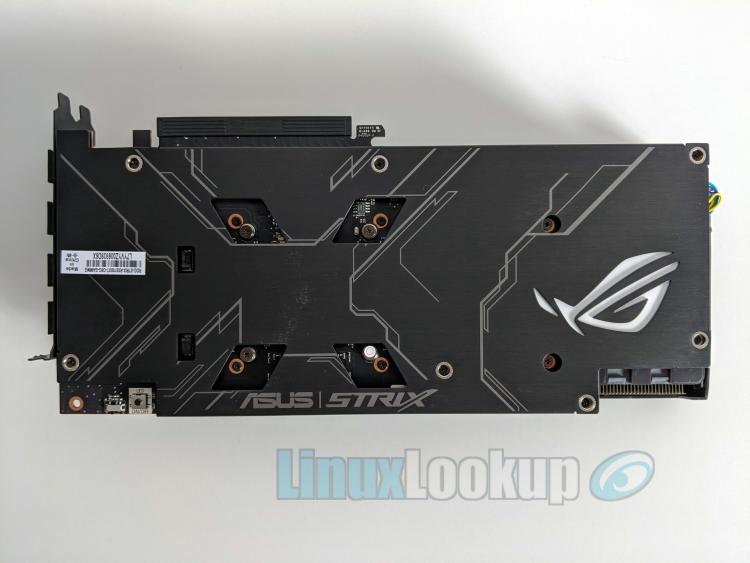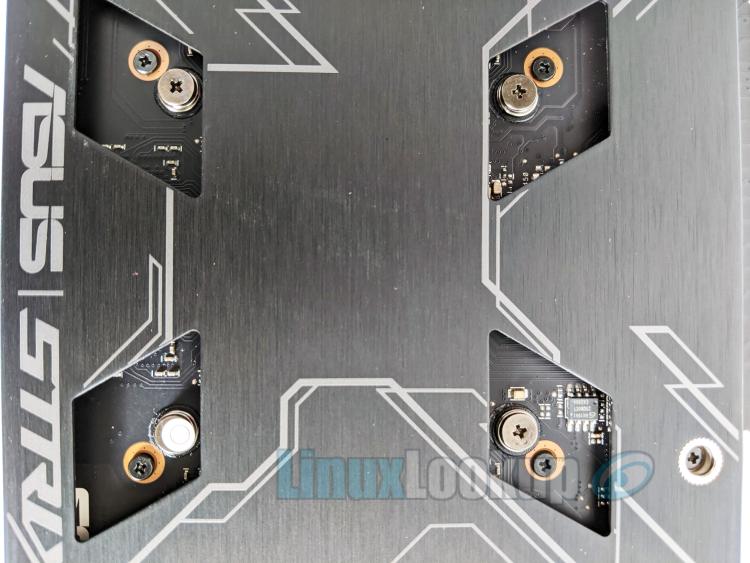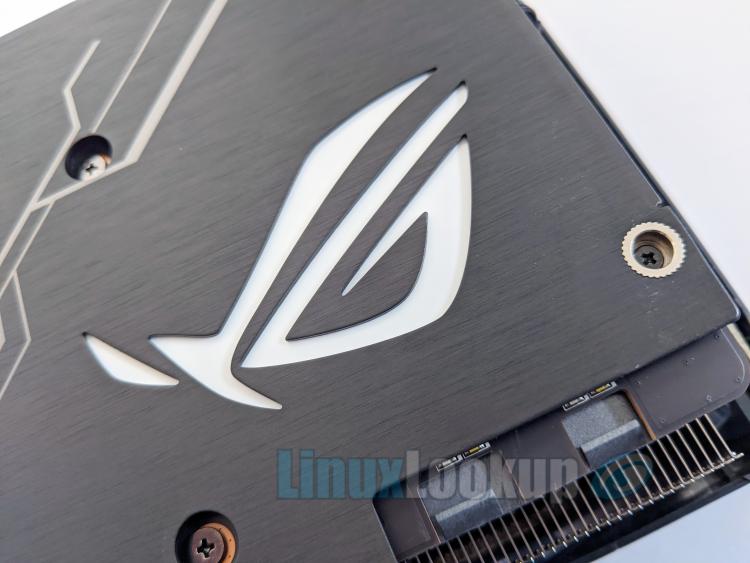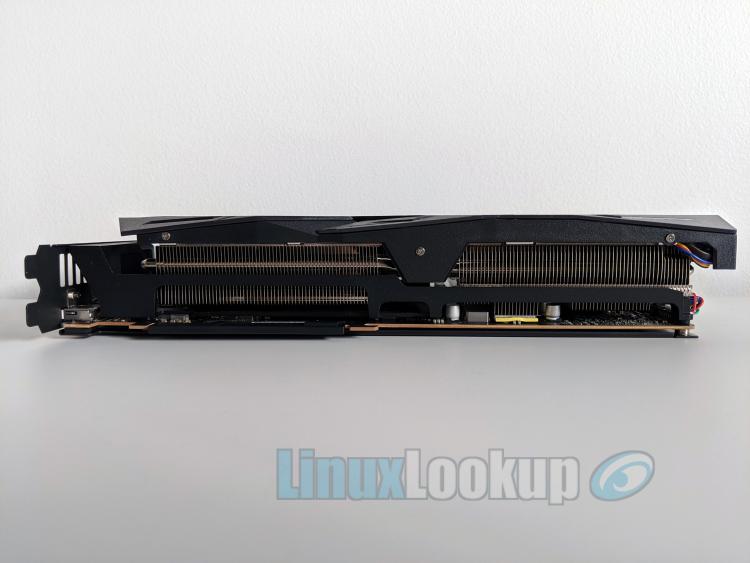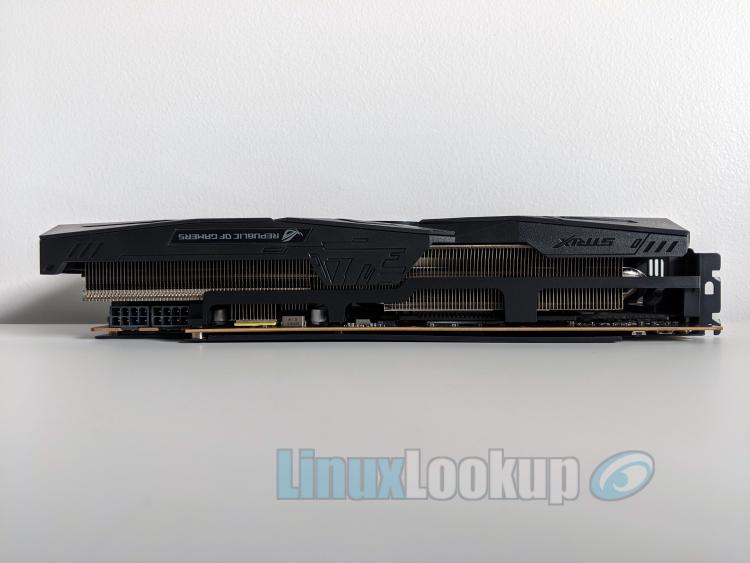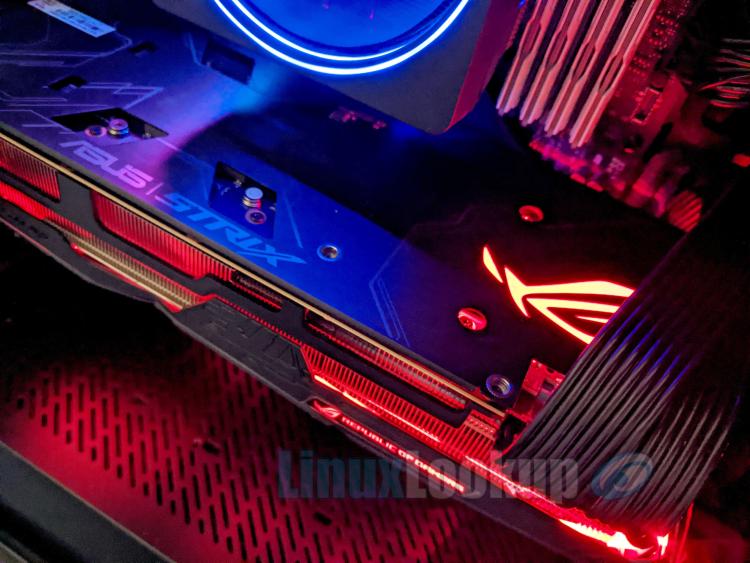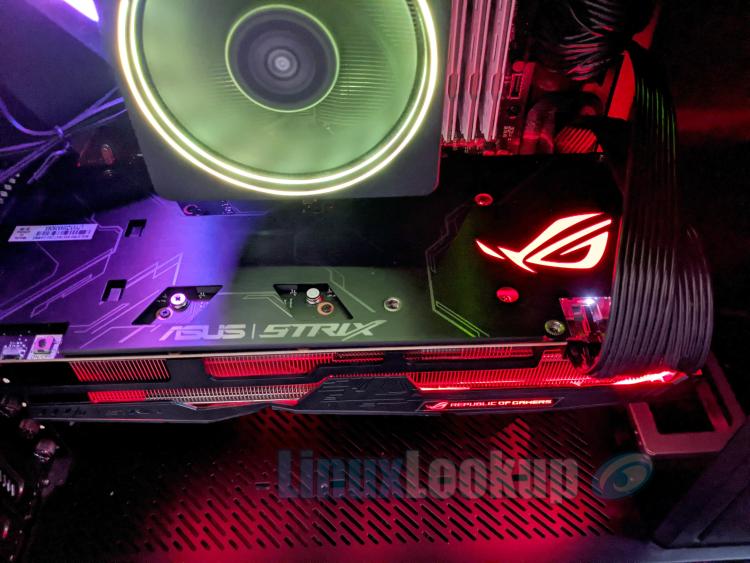ASUS ROG Strix Radeon RX 5700 XT OC Edition Review
The ASUS ROG Strix Radeon RX 5700 XT OC Edition is a factory overclocked 7nm “Navi” family GPU powered by AMD Radeon DNA (RDNA) microarchitecture, with a 2035MHz boost clock in OC Mode, 2560 stream processors, 8GB of GDDR6 memory and support for PCI Express 4.
Targeting the mid-end segment, AMD Radeon RX 5700 XT was designed to compete directly with Nvidia GeForce RTX 2060 and 2070.
Let's see what it has to offer.
At the time of publication the ASUS ROG Strix Radeon RX 5700 XT OC Edition GPU is available at online retailers for $449.99 USD — a modest $50 price premium when compared to a baseline AMD Radeon RX 5700 XT GPU without the clock increase.
AMD Radeon RX 5700 XT graphic cards launched with the Navi 10 GPU back on July 7, 2019. This was the first implementation of the RDNA graphics microarchitecture powering AMD’s 7nm (Navi) gaming GPU, boosting performance by 50% compared to the previous 14nm Radeon RX Vega 64 processors.
Contents of the retail box includes an ASUS ROG Strix Radeon RX 5700 XT OC Edition GPU, two velcro cable ties, a thank you card and printed quick setup guide.
While browsing through the guide I found it very odd there isn't any mention of the LED toggle button, Performance Mode or Quite Mode switches featured on this card. Not even a reference within digital manuals linked on the ASUS website either. You'd think these features would be documented somewhere, nevertheless, we'll touch more on these features later.
It's great to see Linux support officially stated on retail packaging. But of course, we're still waiting on an official release of Linux compatible controller software such as ASUS GPU Tweak II for overclocking & ASUS Aura Sync for lighting control.
For the time being there are Open Source Software options you may choose to explore independently.
Aesthetics are what we've come to expect from the Republic Of Gamers (ROG) Strix Series. Black Printed Circuit Board (PCB) with smoke coloured accents, embellished design characteristics on the Axial-tech fan housing, along with Aura Sync lighting effects for a touch of RGB lighting on both the shroud and backplate.
The ASUS ROG Strix Radeon RX 5700 XT OC Edition utilizes a custom designed PCB which is noticeably larger and features three Axial-tech fans with a large aluminum heatsink and six heat pipes on the cooler in lieu of a single blower that is present on the AMD Radeon RX 5700 XT reference design. According to ASUS, these fans have a smaller hub that facilitates longer blades and a barrier ring to increase downward air pressure. In addition to 0dB Technology lets you enjoy light gaming in relative silence when the GPU core temperature is below 60 Celsius.
Physically the video card measures 12" in length, 5.1" depth and 2.1" height with a 2.7-slot design which potentially blocks three PCIe slots on your motherboard once installed. Weight is pretty hefty, but features such as a reinforced frame to prevent excessive torsion and lateral bending of the PCB are present.
Overall construction & build quality is what we'd demand from a premium card, with Super Alloy Power II including premium alloy chokes, solid polymer capacitors, and an array of high-current power stages.
An LED lighting toggle is located on the backside, as well as a Dual BIOS switch which allows you to prioritize between low core temperatures of Performance Mode (P) or less aggressive fan curve for quieter operation at medium temperature using Quiet Mode (Q).
Power is drawn from a pair of 8-pin PCIe power connectors. ASUS recommends a Power Supply Unit (PSU) of 600W or greater, but if in doubt their website also has a nice chart for this GPU alongside various current generation Intel and AMD CPU combinations for reference.
I should also mention the digital RGB header for optional lighting and two 4-pin PWM case fan headers that can be controlled by the GPU.
For interface connectivity you may choose from a single HDMI 2.0b port or three DisplayPort 1.4 ports, with NVlink/Crossfire support.
ASUS uses the OC moniker to identify products which are factory overclocked — yielding a guaranteed performance improvement straight out-of-the-box.
For sake of comparison the AMD Radeon RX 5700 XT reference design has a base clock of 1605 MHz, game clock of 1755 MHz and a boost clock of 1905 MHz. The ASUS ROG Strix Radeon RX 5700 XT OC Edition offers an increased base clock of 1770 MHz, game clock of 1905 MHz and a boost clock of 2010 MHz.
It doesn't stop there though. Performance can be taken a step further by applying OC Mode within ASUS' GPU Tweak II software. With a click of your mouse, you can safely push a base clock of 1840 MHz, game clock of 1965 MHz and a boost clock of 2035 MHz. Unfortunately ASUS doesn't offer a Linux compatible version of this utility, so for now you'll need to rely on manual config tweaking or Open Source Software alternatives to achieve these numbers.
Other notable performance features on the ASUS ROG Strix Radeon RX 5700 XT OC Edition are support for next generation PCI Express 4.0 bus and 8GB of GDDR6 video memory clocked at 14 Gbps. FreeSync Premium Pro (previously known as FreeSync 2 HDR) technology is included too.
Performance
Our Linux graphics performance benchmarks were determined by Basemark GPU with a quality setting of high. This targets Desktop systems using high-resolution textures, advanced effects, increased number of objects and demanding geometry based on today’s AAA PC game standards.
The evaluation ran with the following variables for a total of eighteen (18) tests in series of six (6) passes for 1080P, 1440P and 4K resolutions.
System variables
- Processor: AMD Ryzen 7 1700x
- Memory: 64GB Kit (4 x 16 GB) DDR4
- Interface: PCIe 3.0
- Distribution: Ubuntu 20.04.1 LTS (64-Bit) Desktop
- Linux Kernel: 5.4.0-52-generic
- Graphics Driver: libdrm-amdgpu1/focal,now 2.4.102+git2010161830.3ec26b~oibaf~f
Benchmark variables
- Block Compression (BC7)
- Content quality high
- Vulken 1.0 API*
*Compared to OpenGL, Direct3D and Metal, Vulkan is intended to offer higher performance and more balanced CPU/GPU usage.
1080P High (1920x1080 resolution)
1440P High (2560x1440 resolution)
4K High (3840x2160 resolution)
Gallery
Conclusion
The Good - Pros- Factory overclock offers excellent performance
- Axial-tech fan + enlarged heatsink provides improved cooling
- Reinforced frame
- IP5X dust resistance
- Backed by a 3 year warranty
The Bad - Cons
- ASUS GPU Tweak II utility software doesn't support Linux
- ASUS Aura Sync software doesn't support Linux
- Performance Mode & Quite Mode switches aren't documented
The Ugly - Issues
- N/A
The Verdict - Opinion
Though the ASUS ROG Strix Radeon RX 5700 XT OC Edition has been out for a while, performance vs. value is still on point and should be worthy of your consideration.
That being said, forthcoming performance and efficiency improvements will be arriving on October 28 2020 with introduction of a new AMD Big Navi / RDNA 2 microarchitecture on the RX 6000 Series GPU. As we prepare for an upcoming release of these next generation AMD graphics cards, you as a consumer can expect pricing on 5700 Series GPUs to be discounted in the near future, however, availability will also decrease — buy one soon if you're on the fence.
